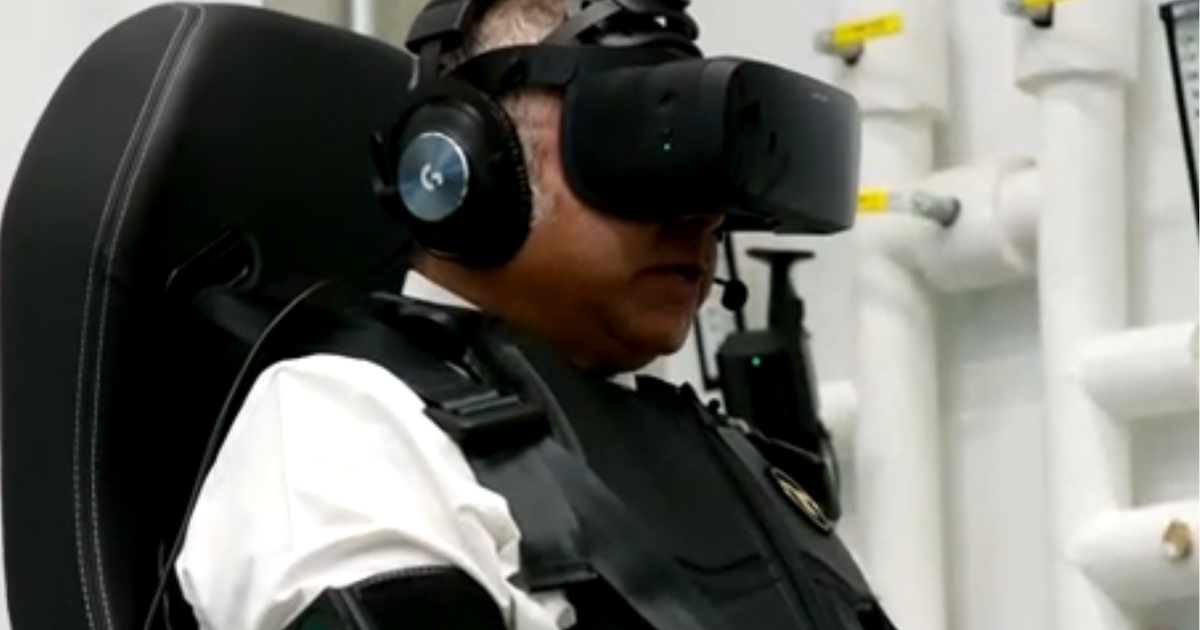Black Hawk vs. Regional Jet: NTSB Examines Collision Avoidance Tech in Final Hearing

The National Transportation Safety Board (NTSB) concluded a three-day investigative hearing Friday focused on the critical role of collision avoidance technology and organizational safety systems following the tragic January midair collision between a U.S. Army Black Hawk helicopter and an American Airlines regional jet. The incident, which occurred in Virginia, sparked immediate scrutiny of air traffic control procedures, pilot training, and the effectiveness of existing safety protocols.
The hearing, held in Arlington, Virginia, brought together experts, witnesses, and industry representatives to dissect the events leading up to the collision and explore potential improvements to prevent similar incidents in the future. A key focus of Friday's session was the performance and limitations of the aircraft's collision avoidance systems, including Traffic Collision Avoidance System (TCAS) and ground-based radar technology. Witnesses were questioned about the technology's ability to detect and alert pilots to potential conflicts, particularly in complex airspace environments.
Understanding the Technology and its Limitations
TCAS, a well-established system in commercial aviation, relies on transponders on aircraft to broadcast their position and altitude. The system then calculates potential collision courses and provides pilots with alerts and guidance to maneuver away. However, the hearing highlighted potential challenges, including the effectiveness of TCAS when one aircraft is a helicopter operating at lower altitudes and potentially outside of standard commercial flight paths. The Black Hawk’s radar signature and operational profile presented unique challenges for detection, raising questions about whether existing technology is adequately equipped to handle such scenarios.
Organizational Safety and Risk Management Scrutiny
Beyond the technological aspects, the NTSB also investigated the organizational structures and risk management practices of both the U.S. Army and American Airlines. Witnesses were questioned about communication protocols, training procedures, and the implementation of safety management systems. The investigation aims to determine if systemic issues contributed to the collision and whether improvements can be made to enhance overall aviation safety.
Key Questions and Potential Outcomes
The NTSB’s investigation is ongoing, and its final report, expected later this year, will likely include recommendations for improving aviation safety. Key questions the board is seeking to answer include:
- Were the collision avoidance systems operating as intended?
- Did communication breakdowns contribute to the incident?
- Could enhanced training or procedural changes have prevented the collision?
- Are there gaps in airspace management that need to be addressed?
The findings from this hearing will undoubtedly have a significant impact on aviation safety regulations and practices, potentially leading to upgrades in collision avoidance technology, revised training programs, and enhanced risk management protocols. The NTSB's ultimate goal is to learn from this tragedy and prevent similar events from occurring in the future, ensuring the safety of both commercial and military aviation operations.
The NTSB has released all hearing materials online, allowing the public to review the evidence and follow the progress of the investigation. This transparency underscores the board's commitment to a thorough and impartial examination of the factors that led to this devastating collision.






